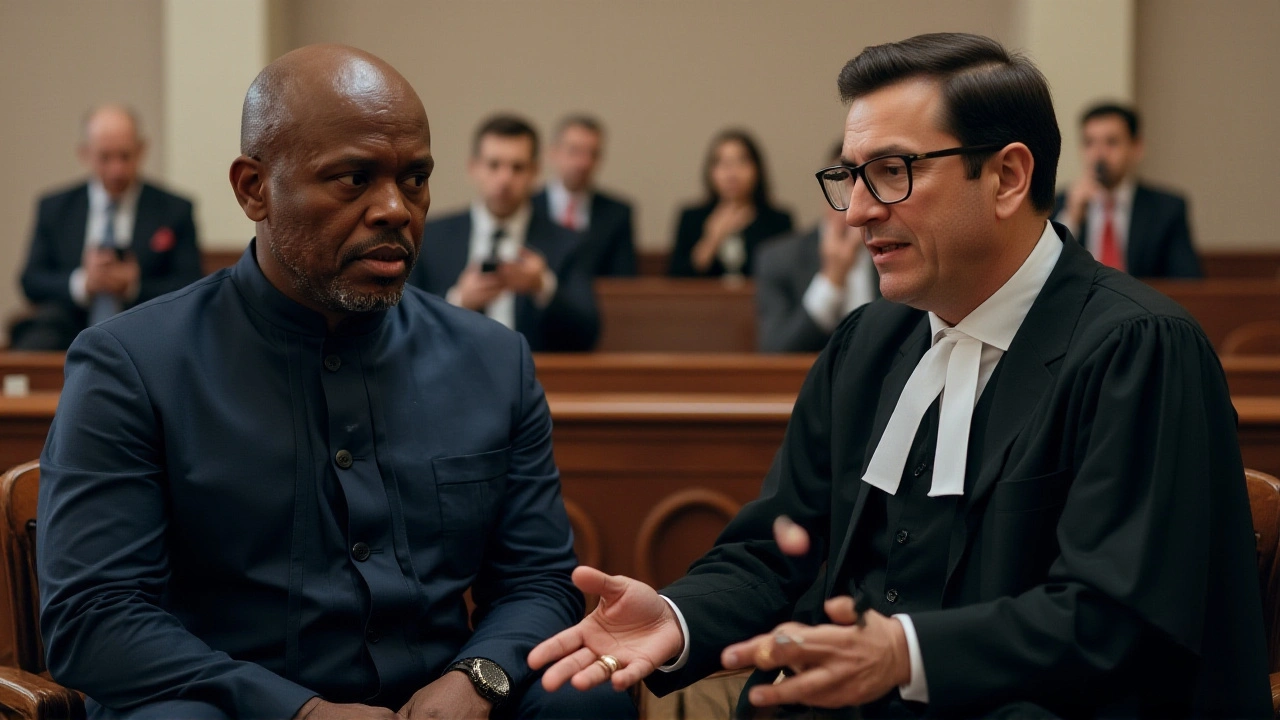Pretoria High Court
When dealing with Pretoria High Court, the main trial court for Gauteng province that adjudicates serious civil and criminal matters. Also known as Pretoria High, it sits at the heart of South Africa's judicial hierarchy and shapes how laws are applied on the ground.
The court does not work in isolation. It operates under the umbrella of the South African Judiciary, the network of courts, tribunals and legal bodies that manage justice nationwide. This relationship means procedural rules, judge appointments and case management flow from the national level down to Pretoria High Court's courtroom doors. In turn, the Constitutional Court, South Africa's highest court on constitutional issues, reviews appeals that originate here when fundamental rights are at stake.
The Pretoria High Court often handles cases that shape national policy. Recent headlines show it hearing disputes over government procurement, social grant distribution, and high‑profile criminal trials. When the court tackles a corruption charge, it may involve the Anti-Corruption Agencies, such as the Independent Corrupt Practices Commission (ICPC), which bring investigations and evidence to the bench. These agencies influence the court’s workload and underscore the link between law enforcement and judiciary oversight.
Why the Pretoria High Court matters
Understanding this court helps you make sense of several recurring storylines. First, the court’s jurisdiction covers both commercial disputes—like the recent case over tinted‑glass permit seizures in Warri—and political controversies, such as the conviction of a prominent party leader for firearm misuse. Each story reflects broader legal reforms aimed at improving transparency, strengthening procedural fairness, and protecting citizens’ rights.
Second, the court’s decisions often set precedents for other high courts across the country. When a judge issues a ruling on a social grant timing issue, that interpretation can be cited by lower courts handling similar welfare cases. This ripple effect demonstrates how a single courtroom can influence everyday life for thousands of South Africans.
Third, the Pretoria High Court acts as a testing ground for new legal tools. For example, the introduction of the National Credential Verification Service (NCVS) to combat fake certificates will eventually be scrutinized in court when disputes arise over credential authenticity. Lawyers, judges, and policy makers watch these developments closely because they signal how the legal system adapts to technology and governance challenges.
Finally, the court’s docket provides a window into the country's political climate. High‑profile hearings involving figures like Julius Malema or senior anti‑corruption officials reveal how law interacts with power. Observing these cases helps readers gauge the state of democracy, rule of law, and institutional integrity in South Africa.
Below you’ll find a curated collection of recent articles that illustrate the Pretoria High Court’s role in action. From courtroom drama to policy analysis, these pieces give you a clear picture of how the court influences the nation’s legal landscape.

Court Rejects Shadrack Sibiya’s Suspension Appeal Amid Tender Scandal
Pretoria High Court dismissed Deputy Police Commissioner Shadrack Sibiya’s bid to overturn his suspension, intensifying a R360 million tender scandal involving senior officials.
Categories
- Sports (146)
- Politics (22)
- Entertainment (20)
- World (15)
- News (10)
- Lifestyle (8)
- Business (6)
- Technology (3)
- Health (3)
- Environment (2)



